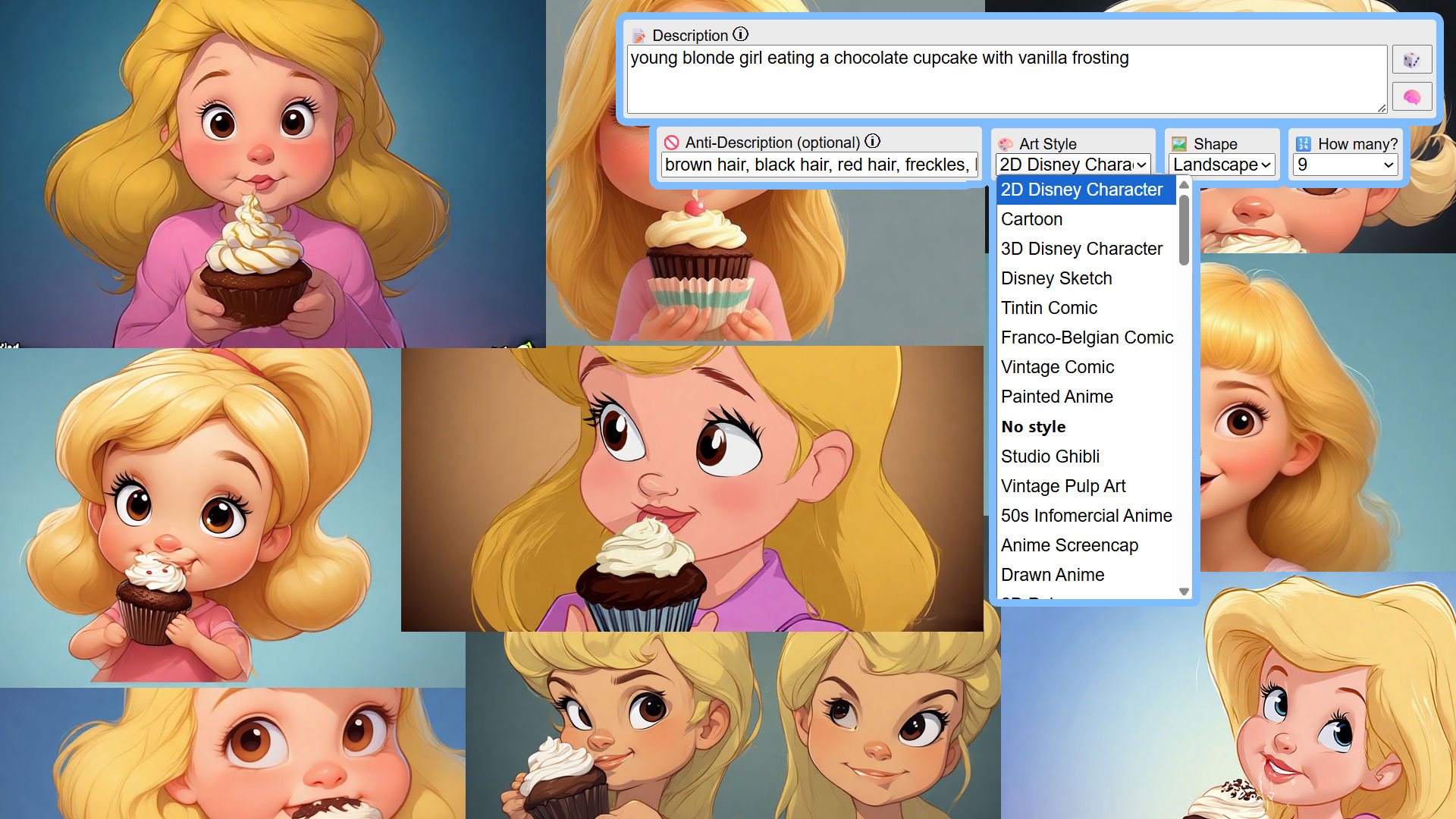So, you go on ACX and see several cute books for kids! You want to audition for them ALL — but wait: the cover illustrations mostly look to be the same style. The books are all by different authors. Are the authors all using the same illustrator? Wait again: none have illustration credits on the covers! This is because most–if not all–of these books were illustrated by AI tools.
Also, as ACX is an open market for anyone to post looking for a narrator, the quality of the books varies greatly. Here’s what I’ve learned about how to spot AI. This is not 100% AI-proof, but I hope will help you greatly:
1. Does the cover list an illustration credit? AI-drawn books never do; a few inexperienced authors may forget to add an illustration credit, or may have illustrated the book themselves and didn’t add their own credit, so check the book’s public listing page Sample for any interior credit or a credit in the public book’s description. I have yet to come across a book that was AI-written but then paid an illustrator to draw the art. Illustrators can be thousands of dollars for one book, so why would someone use AI to write their book, then spend all that money on an artist?
2. Check the author’s Amazon bio: Authors that use AI often have their bios written by AI. Such bios often exaggerate their talents, interests, and writing abilities (and sometimes to a silly degree!). The bios tend to be multiple paragraphs, too.
3. Check the author’s Amazon Book listings page (publication history): As for their book authoring history, people that use AI for art, writing, or both (especially writing) have MANY BOOKS (dozens; and I’ve seen some with 200+ books) and the books sometimes cross into unrelated genres (like a YA novel, a book on how to build your business, etc). Authors that write their own books may cross into a SIMILAR or adjacent genre, but few can or do write across multiple, very different genres. If you’re using AI to write your books, you most likely wouldn’t have an issue using AI to draw them, either.
4. The publication dates of AI books are often very close together: I’m talking about 2-4 every week. Currently, on average, people that publish AI books publish 1 a week. You can find out the book’s publication date on it’s public listing page.
5. AI has certain styles people use: Though AI generator programs have sometimes many dozens of presets types, children’s book authors tend to gravitate to a few: the Pixar style, the bold cartoon style, etc (OpenAI, Midjourney, Canva, Fotor, Leonardo.AI, Perchance). AI tools are often able to save your preferences so people are able to generate consistent characters, colors, and so forth across illustrations. After you’ve seen enough AI covers, you’ll be able to spot some immediately.
6. Run a cover through an AI website: Google “is this image made by AI?” and use 2-3 different websites for a cover you suspect is AI. These websites aren’t completely correct, so they will give you different ‘maybe’ to ‘most likely’ values. It helps though determine if they all, in some amount, say the image is most likely AI.
7. Look up AI illustration tools and run your own sample prompt: Check the many styles the generation systems have. This is one of the most useful ways you can identify if a book cover is AI-drawn. If you are familiar with at least the most popular AI artwork styles, you can determine if a cover and art is AI more correctly or not.
8. Are there any odd things going on with the cover? Hands melting, feet stepping through the floor, etc. This point, though, is becoming less useful, as AI tools and the people using them are constantly better at the generated results and in editing mistakes out themselves.
9. Privately ask the author: This one is very sensitive and I don’t tend to do it anymore. At first, I would message an author asking if the art or writing was AI. Very few responded. One was honest and kind about it. Another condescended me to “focus on your narration and leave us authors to focus on our writing and illustrations.” So, try this one at your own risk.
10. Who published the book? Look at the book’s Sample interior and any text on the public listing page for who published the book. Most likely, if the book is on ACX for auditions, a self-published author or maybe a small, indie publisher published the book. The smaller and freelance books have smaller to no budget, so are more apt to use AI for the cover and interior art. And, usually, when a self-publisher wants to sound more legitimate, they’ll have a publishing “company” name that sounds like an established publisher. If the book is published by a medium or large-sized publishing firm, it’s likely the book has no AI elements in it at all, as publishers (currently, as far as I know) do not tolerate AI covers or AI writing. You can google the author and/or publisher to see if anything comes up. But this check is very much a mixed bag for a clear result.
In conclusion, as a narrator looking for books to read, you need to spend some time initially, and a little bit of time ongoing, for every book you find interesting, to try to determine if it’s an AI-drawn (or AI-written) piece. I suggest you never rush to audition for any children’s book, no matter how pressured you feel, no matter how much of “someone else is going to audition before me!” stress there is. Hope this post helps!
